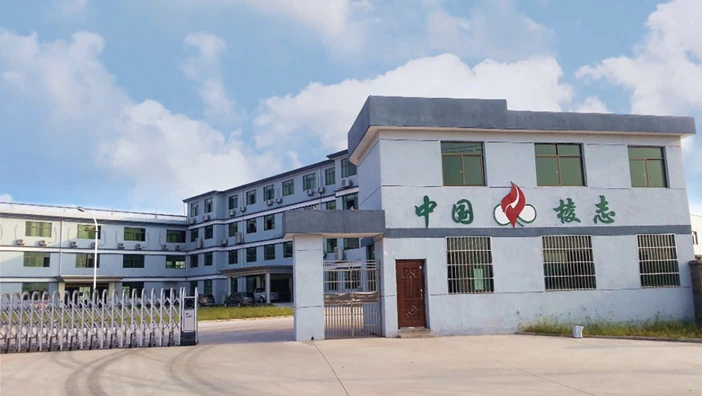Tel: 0086769-23187408
Email: [email protected]
Tel: 0086769-23187408
Email: [email protected]

Flame retardant fabrics are an important part of fire safety and play a vital role in minimizing the spread of fire and preventing burns. Their efficacy lies in their ability to resist flames and heat, prevent fires from spreading rapidly and reduce the risk of serious burns.

NIZE provides high-performance flame retardant fabric designed to meet the demands of safety-critical industries. Our textiles offer stable flame resistance and help reduce burn risks, making them ideal for protective clothing, workwear, and industrial applications.

Flame retardant fabric from NIZE provides an excellent balance of comfort and safety. Designed for industrial-grade applications, it offers dependable protection without compromising the wearer's mobility or endurance.

NIZE ensures every roll of flame retardant fabric undergoes strict quality checks. This dedication to consistency supports B2B clients seeking reliable performance and long-term partnerships with a proven manufacturer.

Workwear suppliers choose NIZE for our durable flame retardant fabric that meets rigorous workplace demands. It resists ignition and prevents fabric melting, offering a key advantage in developing reliable safety garments.

Nize New Materials is one of the world's leading material suppliers. We have more than 20 years of experience in this field and serve customers around the world. We also have world-class production equipment and an annual production capacity of 5 meters of ionic sulfate.
We focus on the research of the anti-piercing shoe midsole, interrupting the monopoly position of the anti-piercing cloth midsole inforeian countries. and producing the anti-piercing cloth midsole of our own branc, filing the domestic gap
The factory covers an area of 83.5 mu and has more than 22.500 sauare meters of production plant, 3,000 square meters of research anddevelopment center, 3,000 sauare meters of office space and more than 500 sets of advanced production and inspection equipment
We have excellent products and a professional sales and technical team that can provide satisfactory solutions according to your needs. If you are interested in our products, we look forward to your online message or call for consultation!
Our products cover a variety of functional materials, whether they are waterproof materials, wear-resistant materials, flame-retardant materials or thermal insulation materials, which can meet the needs of different industries and applications.
Flame-retardant fabrics are designed with comfort in mind. We use advanced technology in production to ensure that the fabric remains breathable, lightweight and flexible while providing flame retardancy. This allows for easier movement and reduces discomfort during prolonged wear.
Flame retardant fabrics can be used in a variety of industries, including fire protection, oil and gas, chemical processing, welding, power facilities and manufacturing. These industries involve environments where workers are exposed to potential fire hazards or work with flammable materials.
Flame retardant fabric possesses several key characteristics. These include its ability to resist ignition, self-extinguish when the flame source is removed, and limit the spread of flames. It also typically has a high melting point and low heat release rate to offer enhanced protection.
Flame retardant fabric can experience a reduction in its flame retardant properties over time, especially with regular use and exposure to factors like laundering, abrasion, and chemical exposure. It is essential to follow proper care and maintenance guidelines provided by the fabric manufacturer to ensure the longevity and effectiveness of the flame retardant properties. Regular inspections and retesting may also be necessary to ensure compliance with safety standards.
Proper care and maintenance are essential to preserve the flame retardant properties of the fabric. It is recommended to follow the manufacturer's instructions for cleaning, as some flame retardant fabrics may require special laundering techniques. Avoid using harsh chemicals or bleach that could compromise the flame retardant properties.
Flame retardant fabric is commonly used in a range of industries and applications, including the textile industry, the transportation industry (e.g., aviation and automotive), the building and construction industry, and in clothing and protective gear.
